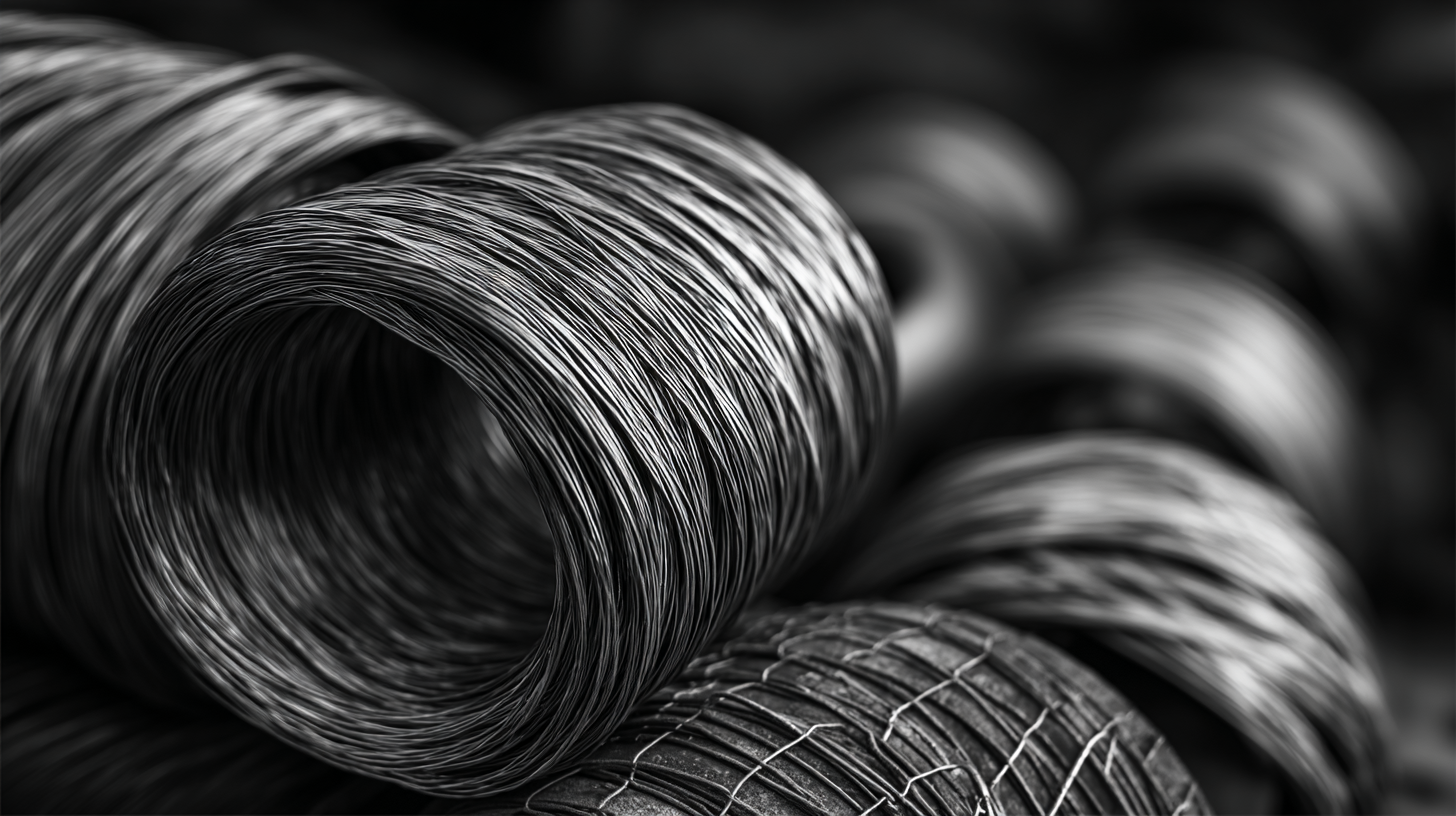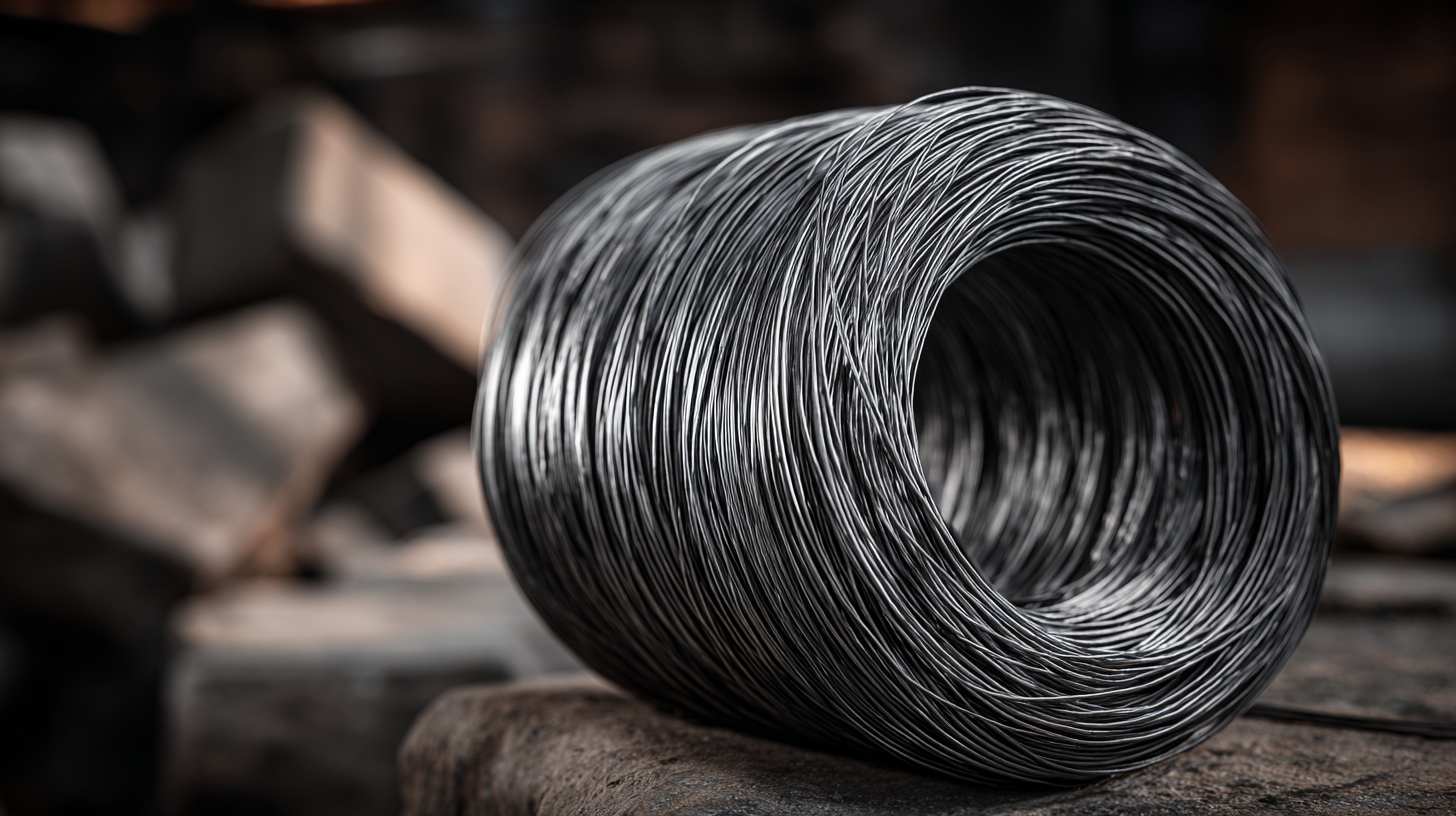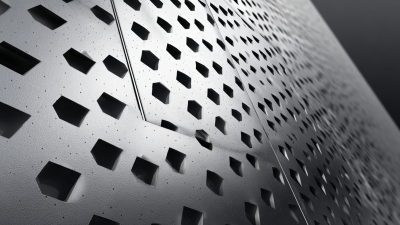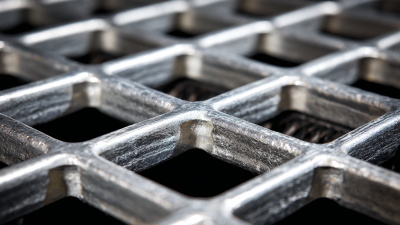Cart
Exploring the Evolution of Metal Wire: From Ancient Craftsmanship to Modern Engineering Applications
The evolution of metal wire has undergone significant transformations from its ancient origins to contemporary engineering practices, reflecting advancements in technology and materials science. According to the Global Wire and Cable Market Report, the metal wire industry is projected to experience a compound annual growth rate (CAGR) of 5.2% from 2021 to 2028, driven by increasing demand in sectors such as construction, telecommunications, and automotive manufacturing. Historically, metal wire was handcrafted using techniques passed down through generations, indicating artistry and skilled craftsmanship. However, modern applications now require precision manufacturing processes that enhance durability, conductivity, and overall performance. Notably, innovations in metal alloys and wire-drawing technologies have expanded the potential uses of metal wire, making it essential for everything from infrastructure projects to advanced electronic devices. Understanding this evolutionary journey not only highlights the relevance of metal wire in various industries but also underscores the need for continued innovation in this critical field.

The Origins of Metal Wire: A Journey Through Ancient Techniques
 The journey of metal wire can be traced back to ancient civilizations, where artisans employed rudimentary techniques to craft some of the earliest forms of metal wire. Evidence suggests that as early as 3000 BC, Egyptians and Mesopotamians were using gold and silver wires for decorative purposes, laying the groundwork for the sophisticated metalworking techniques that would follow. These early craftsmen utilized hand tools, such as hammers and anvils, to draw and shape metal into thin strands, showcasing an impressive level of skill and creativity despite the limited technology of their times.
The journey of metal wire can be traced back to ancient civilizations, where artisans employed rudimentary techniques to craft some of the earliest forms of metal wire. Evidence suggests that as early as 3000 BC, Egyptians and Mesopotamians were using gold and silver wires for decorative purposes, laying the groundwork for the sophisticated metalworking techniques that would follow. These early craftsmen utilized hand tools, such as hammers and anvils, to draw and shape metal into thin strands, showcasing an impressive level of skill and creativity despite the limited technology of their times.
As the centuries progressed, the production of metal wire evolved significantly. In the 18th century, innovations in metallurgy allowed for the mass production of iron and steel wire. By the 19th century, the industrial revolution brought about mechanized processes, scaling up production and enhancing wire quality. Reports indicate that steel production soared from around 1.5 million tons in the early 1900s to over 1.5 billion tons in 2020, illustrating the steady growth and increasing importance of metal wire in various engineering applications, from construction to manufacturing.
Tip: When working with metal wire, always consider the intended application. Different wire types, such as steel or aluminum, offer distinct properties suited for specific tasks.
Tip: Ensure proper safety equipment is utilized when handling metal wire, particularly when cutting or manipulating it, as sharp ends can cause injury.
Today, the understanding of wire metallurgy is crucial for modern engineering, where precision and durability are paramount. As we continue to innovate, the lessons from ancient craftsmanship remain relevant, reminding us of the enduring significance of metal wire throughout human history.
The Impact of Industrial Revolution on Metal Wire Production
The Industrial Revolution marked a pivotal moment in the production of metal wire, transforming it from a labor-intensive craft to a mechanized industry. By the late 19th century, advances in technology enabled manufacturers to produce wire on an unprecedented scale. According to a report from the International Wire and Cable Symposium, wire production increased dramatically from around 20,000 tons in the early 1800s to over 1.5 million tons by the end of the century. This surge was driven by the growing demand for electrical wiring, telecommunications, and infrastructure projects, which required high-quality wire for both functionality and durability.
The introduction of machines such as the wire drawing machine revolutionized the manufacturing process by allowing for precise control over wire thickness and tensile strength. A study by the Metal Society indicates that mechanization not only increased output but also improved the uniformity of wire, which was crucial for electrical applications. By 1900, the use of steel wire became common, providing manufacturers with a stronger and more resilient product. As industries expanded, the need for innovation in metal wire continued, showcasing the lasting impact of the Industrial Revolution on engineering applications today.
Evolution of Metal Wire Production (1800-2020)
Advancements in Metal Wire Technology: Modern Innovations and Materials
Advancements in metal wire technology have significantly transformed both industrial applications and everyday life. Historically, metal wires were crafted using rudimentary techniques and materials, limiting their strength and versatility. However, modern innovations have introduced advanced alloys and manufacturing processes that enhance their performance. For instance, the development of high-strength, lightweight materials such as titanium and advanced steel alloys has revolutionized sectors such as aerospace and construction, where reduced weight and increased durability are paramount.
Moreover, the integration of technology in wire production has led to the emergence of smart wire applications. These include wires that can monitor their own structural integrity or wires embedded with sensors for data transmission. Innovations such as electroplating and coating technologies also contribute to increased corrosion resistance and improved electrical conductivity, expanding the scope of metal wire usage in electronics and telecommunications. As these advancements continue, metal wire technology is poised to play an even more critical role in future engineering solutions.
Engineering Applications of Metal Wire in Contemporary Design
The contemporary applications of metal wire have evolved significantly, transitioning from traditional craftsmanship to cutting-edge engineering methodologies. One prominent example is the use of high-performance steel wire ropes, which have recently undergone specification upgrades, leading to innovative product developments. These advancements enable the wires to be applied in more demanding environments, showcasing their versatility across various engineering fields, from construction to transportation.
Furthermore, additive manufacturing has revolutionized the use of metal wire in design and fabrication. The emergence of techniques such as Wire Arc Additive Manufacturing has allowed for the creation of complex structures, exemplified by Hong Kong's first 3D-printed metal pavilion, "Weaving Love." This innovative approach not only highlights the architectural potential of metal wire but also emphasizes sustainability by reducing material waste. According to industry reports, the global metal additive manufacturing market is projected to grow exponentially, reinforcing the importance of metal wire in modern engineering applications and contemporary design paradigms.
Future Trends in Metal Wire Usage: Sustainability and Smart Materials
The growing emphasis on renewable energy and sustainable practices is significantly impacting the metal wire market. Industries are increasingly adopting sustainable materials to create metal wires, particularly in the context of solar, wind, and hydropower applications. According to a recent market research report, the global sustainable wire market is projected to grow at a CAGR of 6.5% from 2023 to 2030, driven by the demand for eco-friendly solutions in energy generation and distribution.




